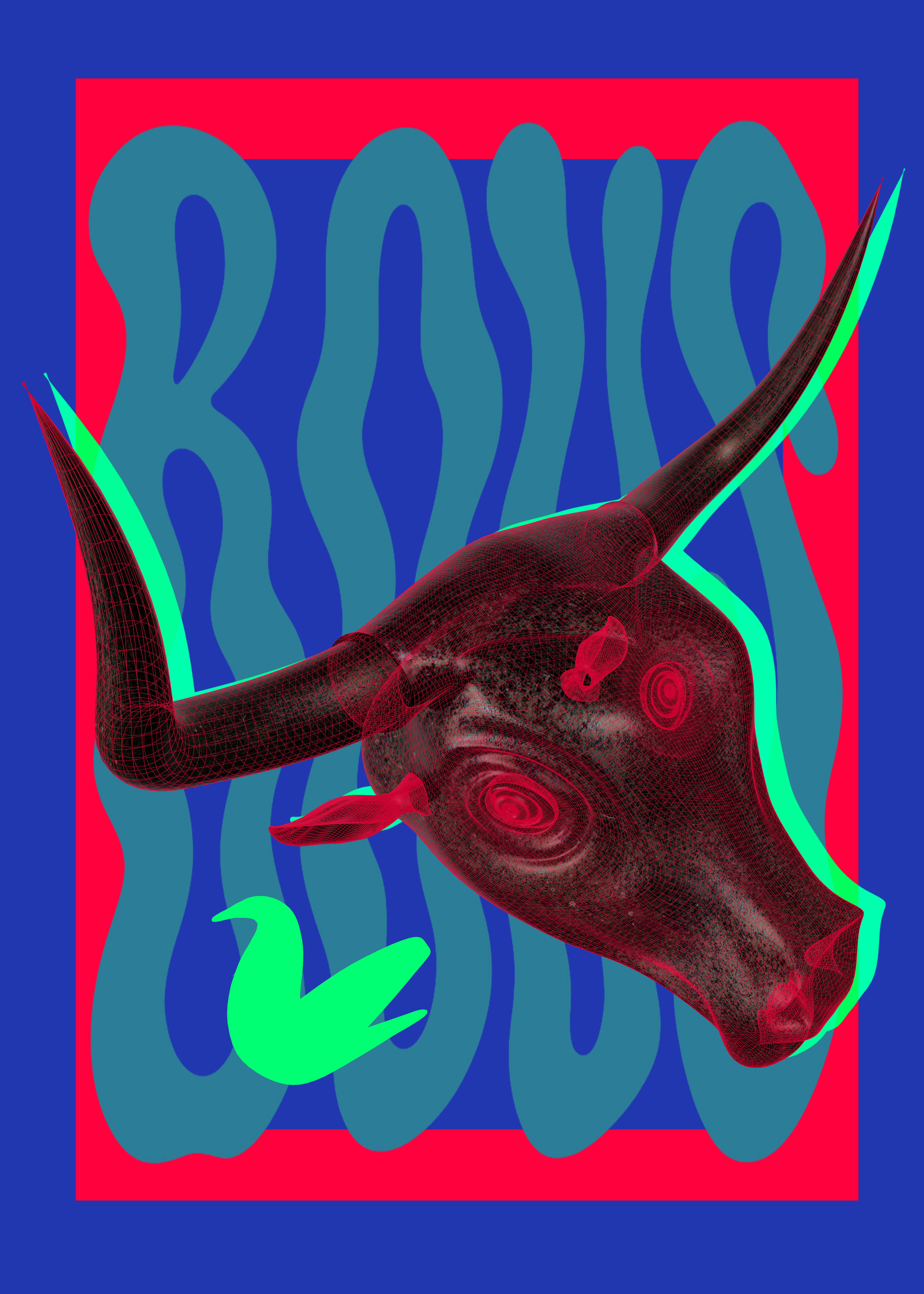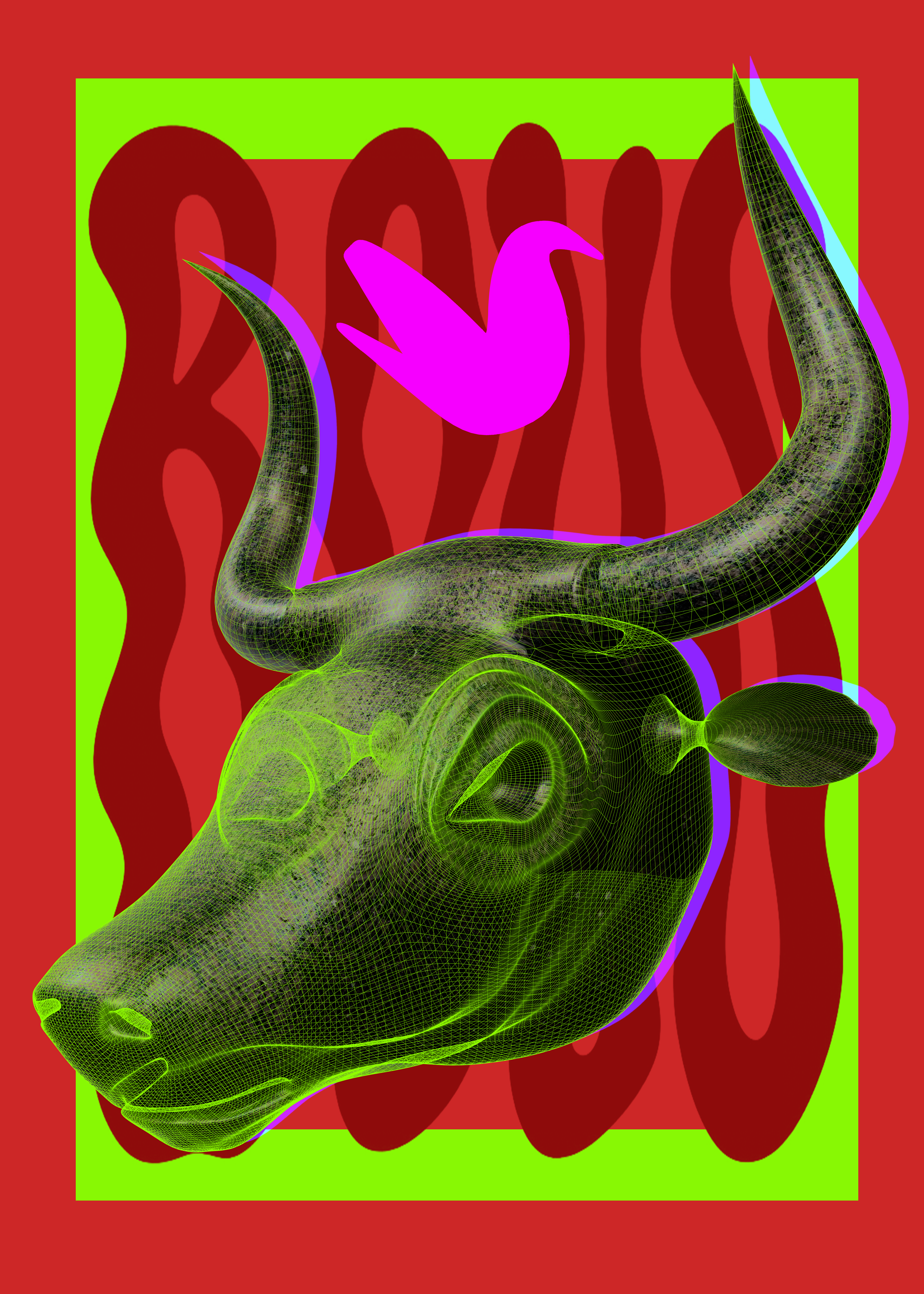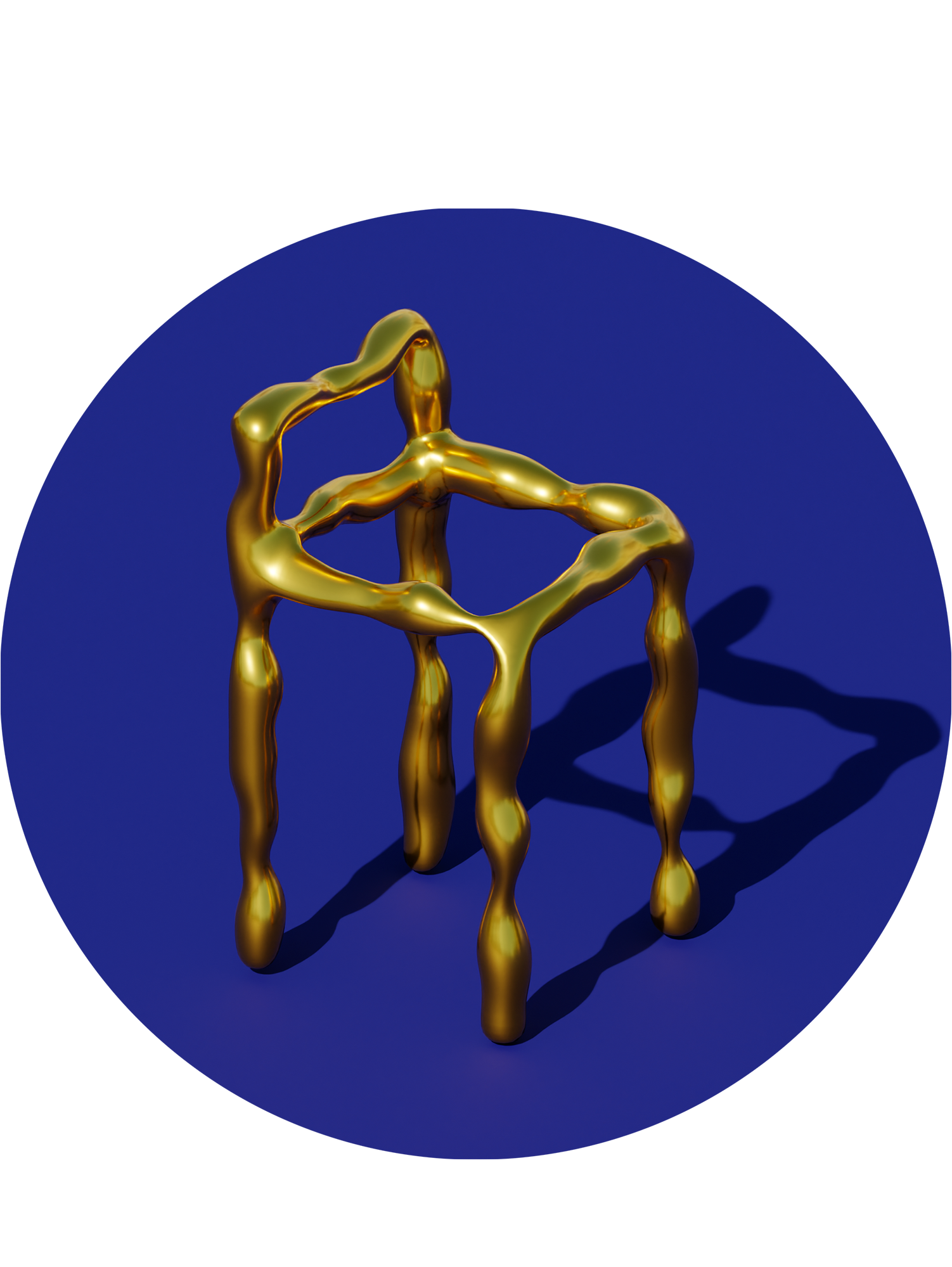BOUS



The Balearic Archipelago, strategically located in the heart of the Mediterranean, has been a crossroads of civilizations since ancient times. This geographical condition has profoundly shaped its cultural identity, its art, and its traditions. While there is no absolute certainty about the first human settlement of the islands, it is believed that the first inhabitants arrived by sea, probably from the East. Understanding the influence of the multiple cultures that have crossed the Balearics is essential for interpreting the current customs. Without this context, there is a risk of perceiving Balearic culture as an isolated entity, when in reality, it is the result of centuries of contact, and fusion between external influences and the locals.
Throughout history, many invaluable pieces have been removed from the Balearic territory, either through sale, plundering, or institutional neglect. Among the most iconic are the Toros de Costitx: three bronze sculptures representing bull heads, found in 1894 in Son Corró, Costitx. This discovery marked a turning point in Balearic archaeology, both because of the extraordinary artistic quality of the pieces and the enigmatic ritualistic context in which they were found. Dated around the 5th century BC, these figures belong to the final period of the Talayotic culture and are one of the finest surviving examples of metal sculpture from the islands.
The bulls were found in what is presumed to have been an open-air sanctuary, a sacred space probably associated with fertility cults, the protection of livestock, or zoomorphic deities linked to strength and regeneration. The bull, a recurring symbol in Mediterranean cultures such as those of the Minoan or Punic, appears reinterpreted with a uniquely plastic look, revealing the aesthetic sophistication of a society that was long considered marginal or primitive.
However, after their discovery, the sculptures were sold for a paltry sum: only three pesetas (approximately 0,8€) per kilogram of bronze. An act that stripped the object not only of its economic value but also of its symbolic, spiritual, and cultural weight. The pieces ended up in the hands of a private collector and did not enter the National Archaeological Museum until much later. This episode raises qqurgent questions about heritage management in peripheral contexts: how many other ritual objects have disappeared without a trace? How much material memory has been disregarded or discarded for not fitting the standards of the culture in power?
Today, the Toros de Costitx are much more than archaeological artifacts: they are remnants of an ancestral spirituality, of a symbiotic relationship between ancient peoples and their environment. At the same time, they are a prime example of the history of plundering, forgetfulness, and the struggle for cultural dignity. Their expressive power, their enigmatic aura, and their connection to the Balearic landscape make them one of the most powerful works of protohistoric art in the western Mediterranean.
Throughout history, many invaluable pieces have been removed from the Balearic territory, either through sale, plundering, or institutional neglect. Among the most iconic are the Toros de Costitx: three bronze sculptures representing bull heads, found in 1894 in Son Corró, Costitx. This discovery marked a turning point in Balearic archaeology, both because of the extraordinary artistic quality of the pieces and the enigmatic ritualistic context in which they were found. Dated around the 5th century BC, these figures belong to the final period of the Talayotic culture and are one of the finest surviving examples of metal sculpture from the islands.
The bulls were found in what is presumed to have been an open-air sanctuary, a sacred space probably associated with fertility cults, the protection of livestock, or zoomorphic deities linked to strength and regeneration. The bull, a recurring symbol in Mediterranean cultures such as those of the Minoan or Punic, appears reinterpreted with a uniquely plastic look, revealing the aesthetic sophistication of a society that was long considered marginal or primitive.
However, after their discovery, the sculptures were sold for a paltry sum: only three pesetas (approximately 0,8€) per kilogram of bronze. An act that stripped the object not only of its economic value but also of its symbolic, spiritual, and cultural weight. The pieces ended up in the hands of a private collector and did not enter the National Archaeological Museum until much later. This episode raises qqurgent questions about heritage management in peripheral contexts: how many other ritual objects have disappeared without a trace? How much material memory has been disregarded or discarded for not fitting the standards of the culture in power?
Today, the Toros de Costitx are much more than archaeological artifacts: they are remnants of an ancestral spirituality, of a symbiotic relationship between ancient peoples and their environment. At the same time, they are a prime example of the history of plundering, forgetfulness, and the struggle for cultural dignity. Their expressive power, their enigmatic aura, and their connection to the Balearic landscape make them one of the most powerful works of protohistoric art in the western Mediterranean.
